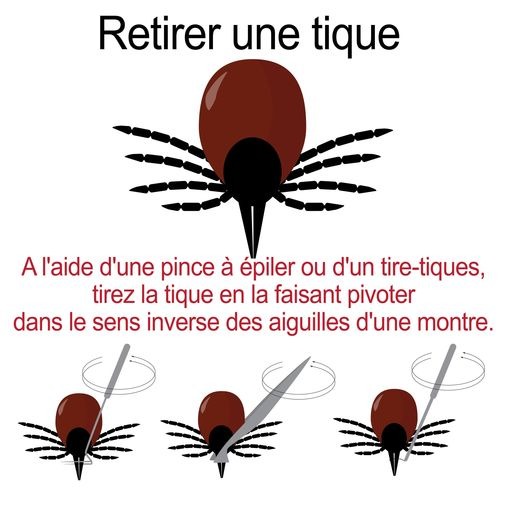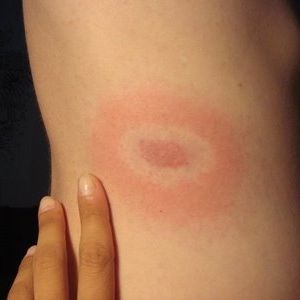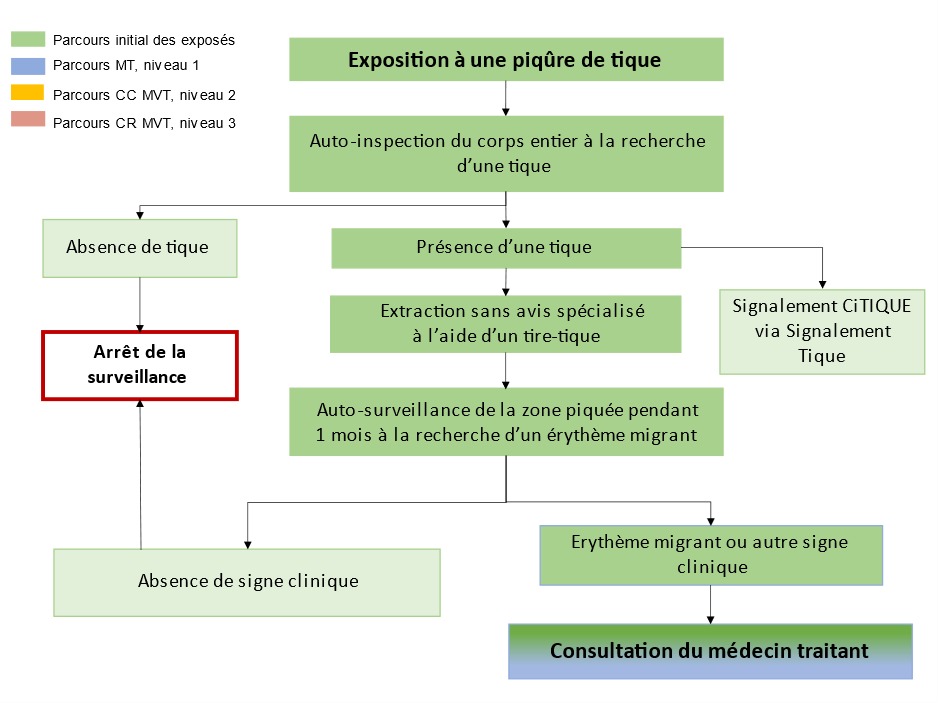Published on
Updated
Reading 2 mins.
in collaboration with
Dr Gérald Kierzek (Medical Director)
Present in forests, meadows and even our gardens, ticks can bite us and possibly transmit Lyme disease to you. Should we consult in the slightest doubt? Dr. Gérald Kierzek, emergency physician and medical director, provides an update.
Coming back from a summer walk, you notice a tick bite, or worse, a tick clinging to your skin. Panic on board: the many topics on Lyme disease encourage you to run to the nearest emergency room. However, this is not always the first step to take. How to react ?
Tick bite does not mean Lyme disease
Not all ticks transmit Lyme disease. To contract Lyme disease, the tick must itself be infected with Borrelia, a bacterium of the spirochete family. It is only in this circumstance, that the infected tick will pour its salivary contents under our skin, without guarantee of transmitting Lyme to us. In 95% of sting cases, absolutely nothing will happen.
What to do if bitten ?
The first thing to do in the event of a tick bite is to remove the tick to avoid any risk of transmission. We proceed with a tick remover (available in pharmacies, editor’s note), as close as possible to the skin, turning gently so as not to tear off the tick. Then just apply an antiseptic. And monitor. If the tick is absent, we disinfect, and we also monitor.

When should we consult?
For Dr Gérald Kierzek, it is important to put common sense back into the reaction to adopt. “People come to the emergency room, a little panicked because of a tick, hoping for antibiotics. However, there is no systematic treatment, it depends on the case” he recalls. The rule here is quite simple:
If there are no symptoms
If no symptoms appear following the bite, consulting is not useful. “In this case, there is no need to treat or perform biological examinations. If there are no symptoms, there is no Lyme disease”. However, it is to monitor the appearance of any manifestation for 30 days.
If erythema migrans appears
If a red patch of skin appears at the bite site or elsewhere (hence the term ‘migrating’) and grows outward following a bite, you should consult your GP. In this case, a 14-day antibiotic treatment will be implemented.

If other manifestations appear
If there are other manifestations, including neurological symptoms, such as damage to nerves, joints, this may indicate secondary or tertiary Lyme disease. In this case, the consultation is also required: biological examinations will be carried out and a treatment which can last up to 28 days, will be put in place.

